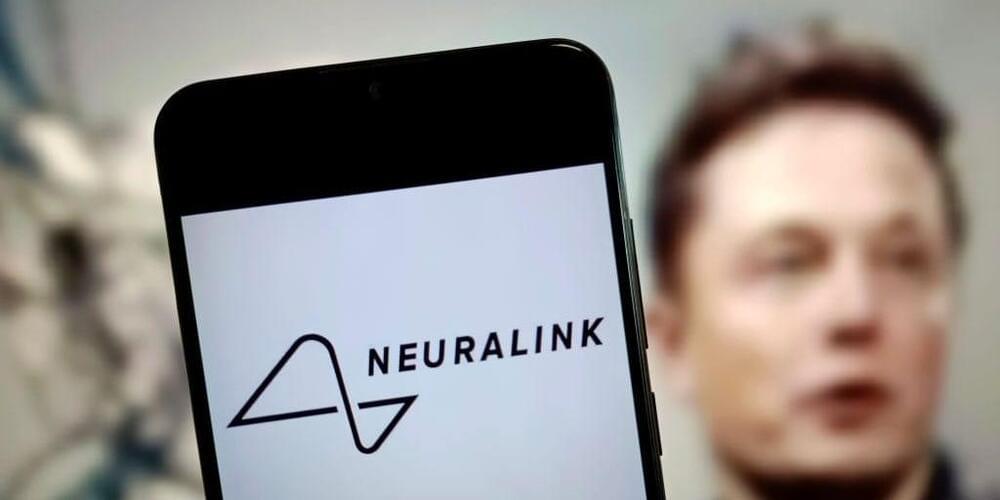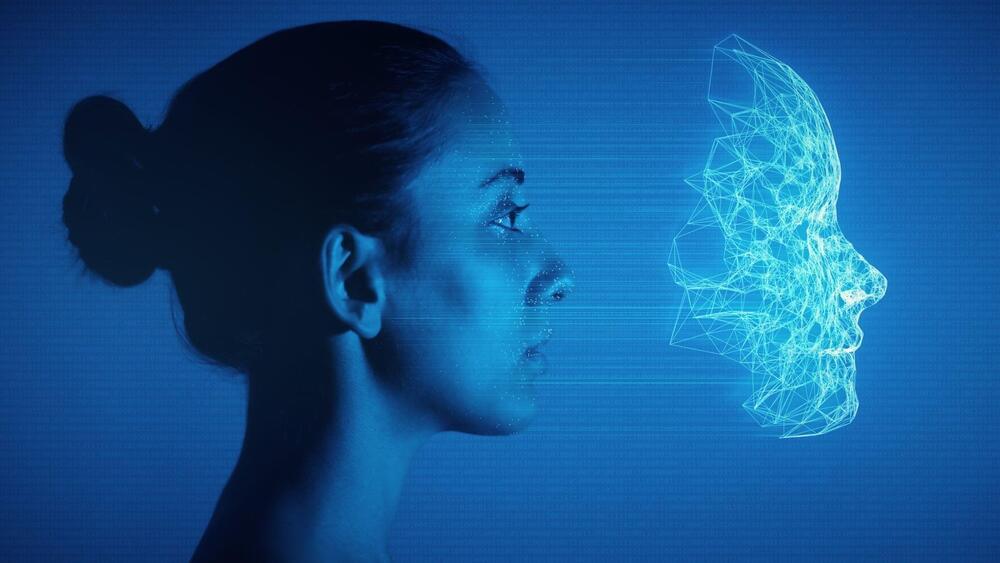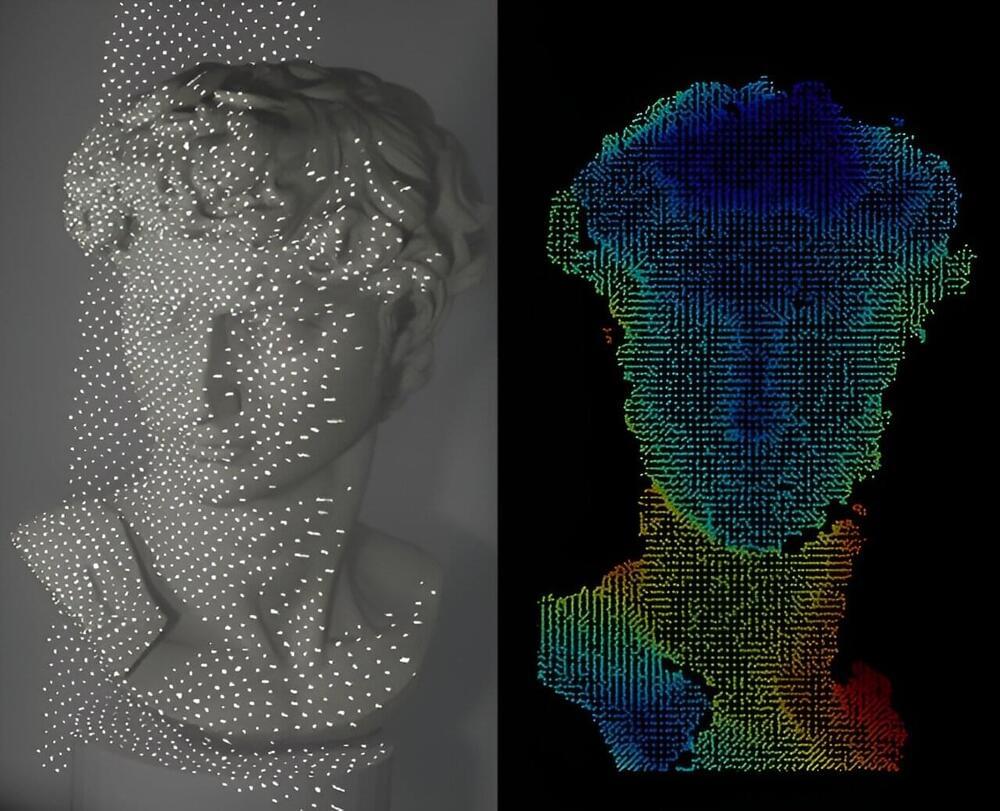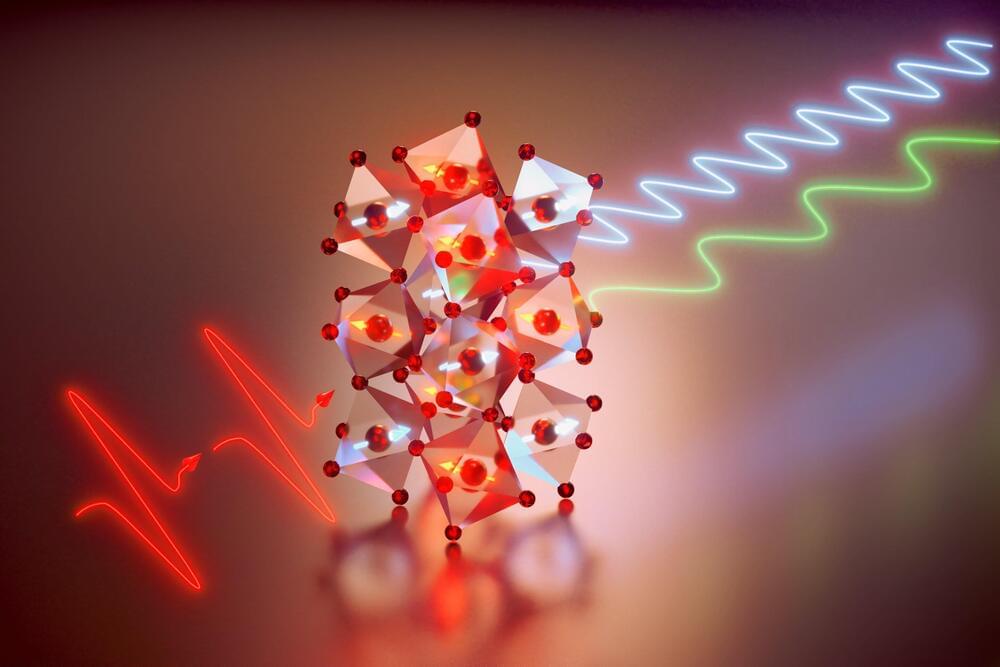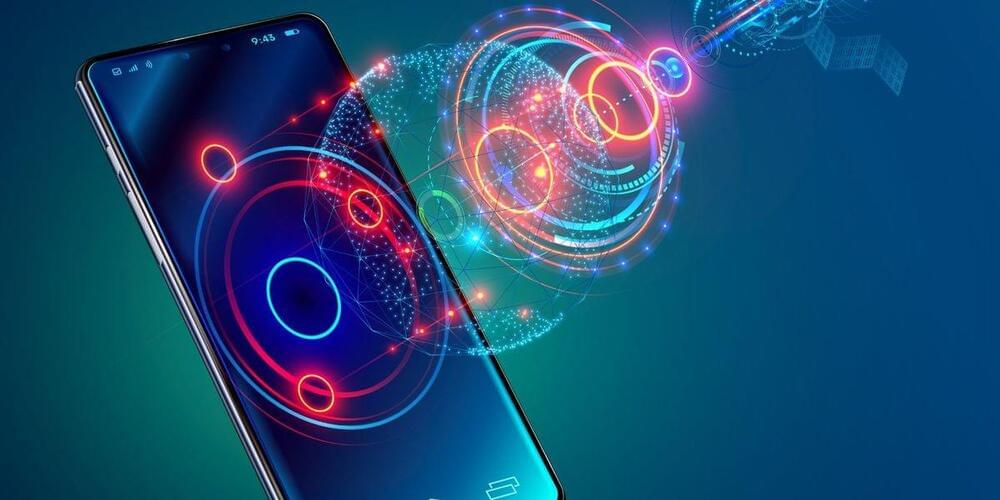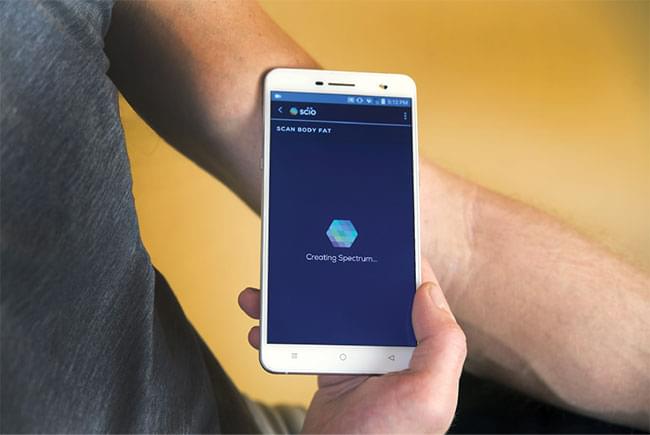https://youtu.be/tLtbWNi-Cgc?si=3i8BqTCAodSKnpkc
Micro Electro Mechanical Systems (MEMS) are miniature devices that integrate mechanical elements, sensors, actuators, and electronics on a single silicon chip. These systems serve diverse applications, such as accelerometers in smartphones, gyroscopes in navigation systems, and pressure sensors in medical devices. MEMS devices can detect and respond to environmental changes, enabling the creation of smart, responsive technologies. Their small size, low power consumption, and ability to perform various functions make MEMS crucial in fields like telecommunications, healthcare, automotive, and consumer electronics. Learn more about this tiny machines with this video!
#science #technology #microscopic #nanotechnology #robotics #engineering
